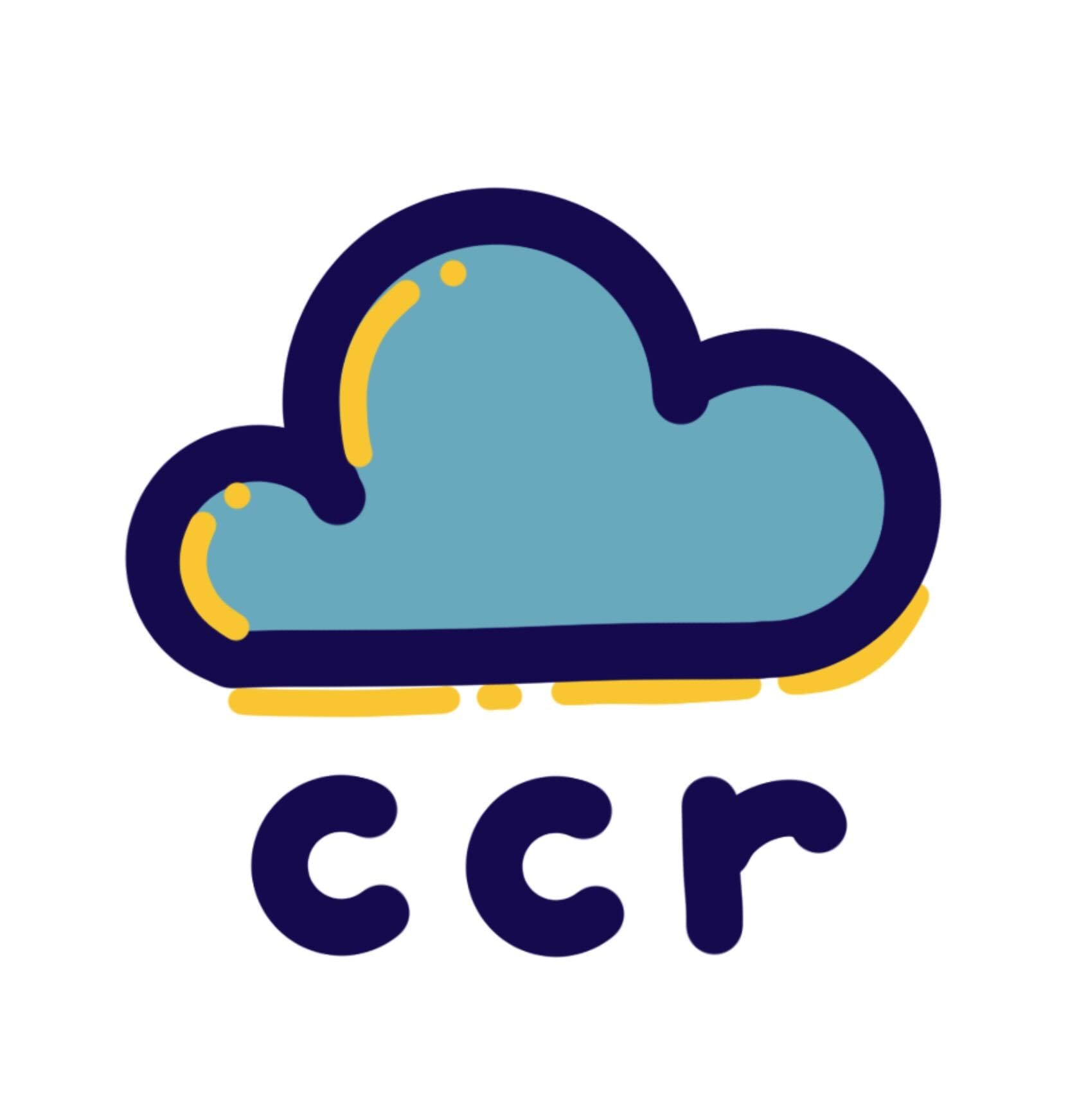Understanding the Costs of Cloud: 3 Direct and 6 Indirect
Thinking of moving to the cloud? Beware of the costs, including direct ones like cloud services and BYOL, and indirect ones like compliance, downtime, and multi-cloud expenses. Check out our article on cloud computing costs before making the switch.
The cost of cloud computing is a critical factor when exploring a cloud-based solution for your business. Two types of costs are associated with cloud computing: direct and indirect. In this article, we will discuss both types of costs in detail.
Direct Costs
Direct costs are the most apparent and can be easily calculated. These include:
- Cloud Services: Services from providers such as AWS or Azure are charged based on usage. This pay-as-you-go model means your costs can fluctuate depending on your cloud usage.
- Third-Party Services: Additional services such as DataDog for advanced monitoring, Splunk for logging, or CloudHealth for cost reporting can increase cloud computing expenses.
- BYOL (Bring Your Own License): Bringing your third-party license to the cloud provider can help reduce costs, but it's crucial to understand the licensing agreement. For example, Oracle and Microsoft licenses can make your cloud costs more expensive if you need to maintain the terms of your enterprise licenses.
Indirect Costs
Indirect costs are not always as apparent as direct costs, but they can add up quickly if not carefully managed. These include:
- FinOps Practitioners: These can be full-time or fractional roles responsible for optimizing cloud usage and managing cloud costs, identifying areas of waste or inefficiency to reduce overall expenses.
- Compliance and Security: Ensuring data compliance and security standards are met involves costs such as hiring a compliance officer, purchasing compliance software, or paying for outside audits.
- Training and Development: Costs associated with training staff to use and manage cloud services effectively and hiring consultants to assist in the transition to cloud computing.
- Downtime and Service Disruptions: Financial impacts of service outages or performance issues include lost revenue, productivity, and customers. Ensuring you have the right architecture can help mitigate these costs.
- Expert Contractors: Hiring contractors with expert knowledge in cloud adoption, such as architects, developers, or engineers, to help transition to the cloud and ensure smooth operations.
- Multi-Cloud or Hybrid-Cloud Solutions: These have different cost considerations due to supporting managed services between providers or not leveraging cloud services to their fullest potential, resulting in costs you wouldn’t have in a single cloud solution.
Conclusion
In conclusion, the cost of cloud computing includes both direct and indirect costs. Direct costs cover cloud services, BYOL, and third-party services. Indirect costs encompass FinOps practitioners, compliance and security, training and development, downtime and service disruptions, expert contractors, and additional costs associated with multi-cloud or hybrid-cloud solutions. It's essential to consider all these costs when adopting cloud computing to ensure a comprehensive understanding of your financial commitments.
